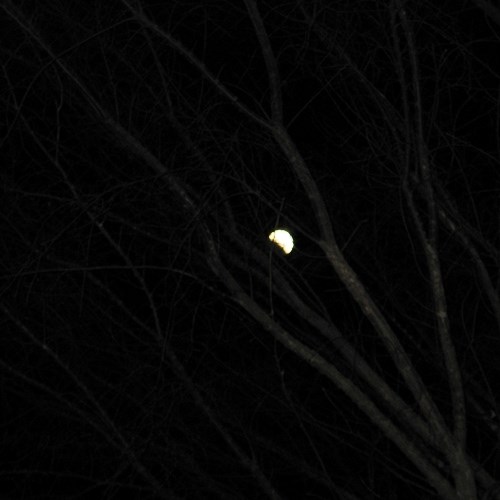The sky was completely dark Wednesday night as the world witnessed a total lunar eclipse.
BayToday reader Lanna Forsyth, took out her camera and documented the lunar eclipse.
According to Wikipedia a lunar eclipse can only occur when the moon is full and only if that full Moon passes through some portion of the Earth's shadow. The phenomenon occurs when the Sun, Earth, and Moon are aligned exactly, or so close that the Earth is in the middle.
There are three basic types of lunar eclipses:
1. Penumbral Lunar Eclipse
- The Moon passes through Earth's penumbral shadow (tend to be of interest to academics as they are subtle and difficult to observe)
2. Partial Lunar Eclipse
- A portion of the Moon passes through Earth's umbral shadow (These events are popular as they are easy to see, even with the naked eye)
3. Total Lunar Eclipse
- The entire Moon passes through Earth's umbral shadow.
NASA documented today’s eclipse (February 20, 2008) as a Total Eclipse with an Umbral Magnitude of 1.111 and a duration of 51 minutes.
Join BayToday+
- Messages
- Post a Listing
- Your Listings
- Your Profile
- Your Subscriptions
- Your Likes
- Your Business
- Support Local News
- Payment History
BayToday+ members
Already a +member?
Not a +member?
Sign up for a BayToday+ account for instant access to upcoming contests, local offers, auctions and so much more.



